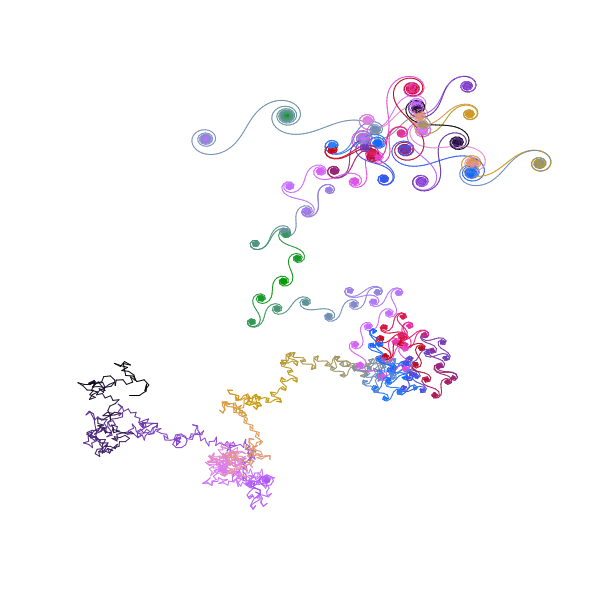

Most ebook files are in PDF format, so you can easily read them using various software such as Foxit Reader or directly on the Google Chrome browser.
Some ebook files are released by publishers in other formats such as .awz, .mobi, .epub, .fb2, etc. You may need to install specific software to read these formats on mobile/PC, such as Calibre.
Please read the tutorial at this link: https://ebookbell.com/faq
We offer FREE conversion to the popular formats you request; however, this may take some time. Therefore, right after payment, please email us, and we will try to provide the service as quickly as possible.
For some exceptional file formats or broken links (if any), please refrain from opening any disputes. Instead, email us first, and we will try to assist within a maximum of 6 hours.
EbookBell Team

4.4
92 reviewsThis scratch course on stochastic processes covers significantly more material than usually found in traditional books or classes. The approach is original: Introduces a new yet intuitive type of random structure called perturbed lattice or Poisson-binomial process, as the gateway to all the stochastic processes. Such models have started to gain considerable momentum recently, especially in sensor data, cellular networks, chemistry, physics and engineering applications. Also presents state-of-the-art material in simple words, in a compact style, including new research developments and open problems and focuses on the methodology and principles, providing the reader with solid foundations and numerous resources: theory, applications, illustrations, statistical inference, references, glossary, educational spreadsheet, source code, stochastic simulations, original exercises, videos and more.
This off-the-beaten-path machine learning tutorial is designed for busy professionals, researchers and students eager to learn and apply methods ranging from simple to advanced, in a minimum amount of time.
Topics covered include inference for spatial processes, GPU-based supervised learning, perturbed lattice point processes, new inference techniques such as dual confidence regions and Rayleigh test of independence, experimental mathematics, simulations, and numerous resources: spreadsheets, data sets, code, videos, extensive bibliography, and original exercises with solutions.